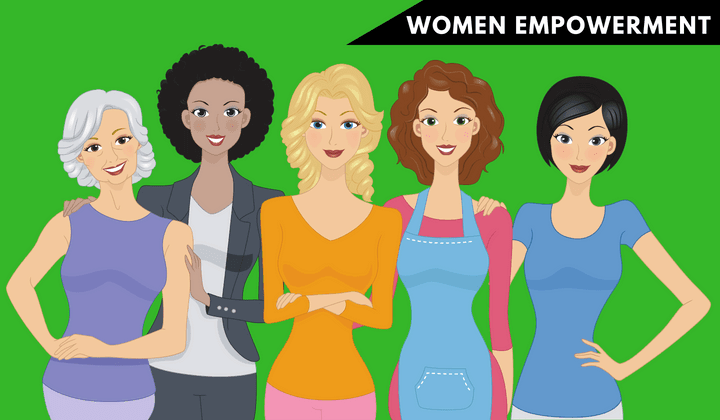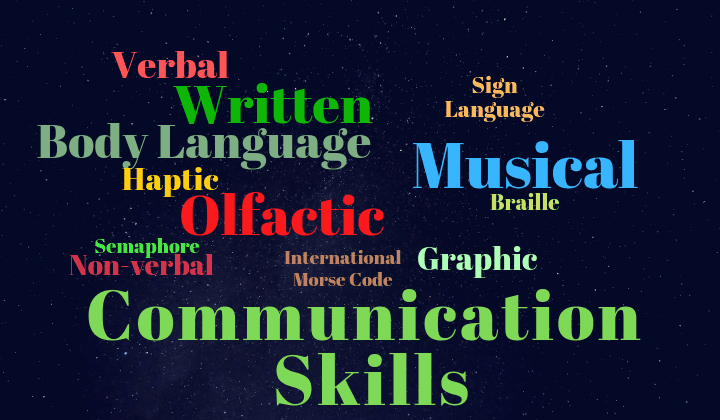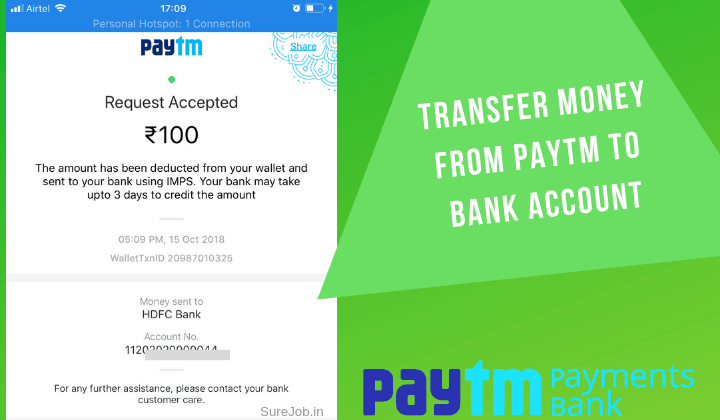
August 22, 2017 will remain a landmark for women empowerment in India. On this day, the Supreme Court of India ruled ‘triple talaq’- an archaic system that enabled Muslim husbands to instantly divorce their wives as illegal. Significance of this verdict towards women empowerment in India was unfortunately lost in the din of ensuing political backlash.
Though the Supreme Court verdict was split 2:1, women empowerment in this country is guaranteed by the Constitution of India, adopted on January 26, 1950. Over the decades, India has enacted several laws specifically aimed at eliminating discrimination against women and empowering them to seek equality in every sphere of life.
Women Empowerment in India: Historic Perspective
The fact that empowerment of women is enshrined in the Constitution of India is nothing surprising. Since ancient times, women in India have always enjoyed rights at par with their male counterparts. A classic example of women empowerment is Rani Abbakka Chowta, the little-known Queen of Ullal.
Rani Abbakka was made heir to Ullal (now suburb of Mangalore) by her uncle Tirumala Raya. She ruled Ullal, an important coastal city at a time when European invaders were vying for foothold on the Indian subcontinent. Rani Abbakka ruled from 1525 to 1570.
As child, Abbakka was given training in martial arts including fighting with swords, use of other weapons, horse riding and war strategy. Rani Abbakka effectively utilized her skills during naval and land battles with armies from Portugal invading her kingdom via Goa.
She gave Europeans their first taste of Indian guerilla warfare. The queen slew several key naval and military officers of Portugal. Rani Abbakka is the first Indian queen to have fought against a European invader.
Women Empowerment in India before 1947
Unfortunately, women in several parts of Indian subcontinent were not empowered. Hence, the practice of ‘sati’ or a woman immolating herself on pyre of a deceased husband was common.
The first move towards women empowerment can be credited to British colonial rulers: In 1829, Lord William Bentinck, backed by Christian and Hindu social reformers passed Regulation XVII criminalizing Sati and stipulating severe penalties for those found aiding or abetting women to burn themselves alive.
Another notable example is Savitribai Jyotiba Phule, a social reformer from Mumbai. With her husband Jyotiba, she set up a school in Pune for educating girls in 1848. The couple opened nearly 20 schools for underprivileged girls.
Savitribai and Jyotiba also set up what can be called India’s first center for rehabilitating rape victims- the Bal Hatya Pratibhandak Kendra. The center aimed at preventing feticide by pregnant rape victims. It helped these women to deliver the child and live a life of dignity.
Women Empowerment Post 1947
Indian women are witnessing increasing empowerment after partition of the Indian subcontinent and creation of a sovereign nation, India. A classic example is Indira Gandhi, the first and till date, the only woman to become Prime Minister of India.
Indira Gandhi is acclaimed worldwide as ‘Iron Lady of India’. She was elected to power in 1966 and ruled the country for various terms till assassination in 1984.
That women in India are genuinely empowered is evident from the fact that the country’s 12th President was Pratibha Rao Patil. Very few countries in the world have had women as President or Prime Minister.
In 2018, several top Indian companies are headed by women. Additionally, Chief Ministers of several Indian states are women.
That women empowerment in India has gained momentum after 1947 is also evident from the fact that Indian Armed Forces now have female personnel. In 2018, Indian Air Force inducted three female combat pilots- a role traditionally reserved for men for over 70 years since independence.
However, women empowerment has not been an overnight process in India. It is progressive and continuing. Women empowerment in this country gathered much momentum after January 26, 1950, following adoption of the Constitution of India.
Women Empowerment by Constitution of India
Bharat Ratna Dr. Bhimrao Ramji Ambedkar rightfully deserves the credit for enshrining women empowerment in the Constitution of India. The Constitution carries several clauses and sections that eliminate ambiguity over status of women. They also serve to empower women.
- Words in the preamble of the Constitution are not gender specific since they apply to every citizen. This means, women enjoy equal rights.
- The word ‘secular’ implies women of all faiths have equal rights in this country.
- It guarantees social, economical and political justice for all citizens of India, including women.
- The Constitution provides freedom of thought, expression, belief, faith and worship.
- Equality of status and opportunity regardless of gender is guaranteed for Indian women.
- The Indian Constitution further promotes fraternity among all citizens and guarantees dignity of every person.
Additionally, there are very specific Articles in the Constitution of India that foster women empowerment.
- Article 14: Equality before the law/ equal protection under the law without discrimination on grounds of gender, religion, race, caste or date and place of birth.
- Article 15 (3): “Nothing in this Article shall prevent the state from making any special provision for women and children.”
- Article 21: Guarantees protection of life and personal liberty. “No person shall be deprived of his (sic) life or personal liberty except according to procedure established by law. (The word ‘his’ does not indicate gender.)
- Article 39a: “That the citizens, men and women equally, have the right to an adequate means of livelihood.
- Article 39d: “That there is equal pay for equal work for both men and women.”
- Article 39e: “That the health and strength of workers, men and women, and tender age of children are not abused and that citizens are not forced by economic necessity to enter vocations unsuited to their age or strength.”
- Article 51e: “…..to renounce practices derogatory to the dignity of women.”
Women Empowerment and Protection
The Indian government constantly strives to promote women empowerment. There are various sections under Indian Penal Code for protection and empowerment of women. IPC protects Indian women against several evils.
- Rape
- Kidnapping and abduction
- Harassment/ demand for dowry
- Inflicting physical injuries and mental torture for dowry
- Physical and mental torture for any reason
- Molestation and sexual harassment
- Human trafficking and flesh trade
- Use of women as collaterals for loans/ debts
Empowerment before Birth
India is the only country in the world that protects females even before their birth: detection of gender of a fetus using ultrasound or other diagnostic techniques was criminalized in 1996 through the little known Pre-Natal Diagnostic Techniques (Regulation and Prevention of Misuse) Act, 1994.
Its successor, Pre-Conception and Pre-Natal Diagnostic Techniques (Prohibition of Sex Selection) Act, 2003, explicitly criminalizes detection of gender of a child before birth. Diagnostic center, doctors, women and their relatives that violate are liable to prosecution under the law as well as sections of the Indian Penal Code (IPC) and other laws and acts for protection of females.
In brief, aborting an unborn girl is now tantamount to murder: culprits face charges of culpable homicide under various sections of IPC. Maximum penalty under the law is life imprisonment.
Other than protecting women, there are several projects aimed at their empowerment.
Nari Shakti Puraskar
Nari Shakti Puraskar is a great example of women empowerment in India. It is awarded annually to persons that have contributed significantly towards women empowerment in this country. The award is given on occasion of International Women’s Day every year and is constituted by the Ministry of Women and Child Development.
The Ministry of Women and Child Development was created in 2006, marking another landmark for women empowerment in India. Earlier, issues related to women and child development came under purview of the Ministry of Human Resources and Development.
The ministry has a mission to create adequate opportunities for empowering women in India in every sphere of life. It frequently launches programs specifically targeting the country’s female population.
Uniqueness of Women Empowerment in India
Other than Constitution of India and IPC, the government has enacted about 20 separate laws for empowerment of women. These deal with every element of female life in the country.
Educational Empowerment
- Free education from Primary to Tertiary level for female students in India. This depends upon every state.
- Some Indian states offer free primary education while others extend it till Secondary. A few Indian states include Higher Secondary and tertiary level free education for women.
- Skill India provides women specific vocational courses. Additionally, seats for women are reserved for all other courses.
Financial/ Economic Empowerment
- Sukanya Samriddhi Yojana: A bank account that encourages parents to save for their girl child.
- Women specific health insurance schemes offered by Non Banking Financial Companies in India.
- Self Help Groups and Cooperative Societies that assist in financial empowerment of Indian women.
- Corporate Social Responsibility (CSR) drives taken by private sector to promote literacy and vocational skills of rural women of India.
- Bank loans available for women entrepreneurs at lower interest rates.
Self Sufficiency for Women
- Provisions under Pradhan Mantri Awas Yojana (PMAY) to provide low cost housing to widows and women with children living without a male partner. Banks and NBFCs also charge lower rates under existing laws on loans taken by women to buy homes.
- Reservations for Central and state government jobs for women.
Political Empowerment
- Reservations for seats in select constituencies for women contesting gram panchayat, municipal, state legislature and national elections.
- Adequate representation of women in all houses of the Indian Parliament, and state legislatures, municipal bodies and village administrations.
Career Empowerment
- Employment of female pilots by national carrier Air India and private airlines.
- Recruitment of women as locomotive and local train drivers by Indian Railways.
- Laws allowing women to function as priests at Hindu temples.
- Reserved quota for women in Central and state government jobs.
The above examples are just few notable ones. There are several more benefits that Indian women can avail from the government and Non Government Organizations (NGOs).
Women Empowerment in Sports
A couple of decades ago, a handful of Indian women made their mark in sports. Over the last five years, the situation has drastically changed. Women’s cricket earlier had no takers. Nowadays, the sport attracts equal attention as men’s cricket. Several Indian sportswomen have won awards at Olympics, Asian Games and Commonwealth Games and other prestigious international tournaments.
Impact of Women Empowerment in India
Despite the availability of myriad schemes, women empowerment has yet to make a significant impact in India. Some of the main causes that adversely impact women empowerment in India include:
- Archaic beliefs that force women to leave employment after marriage to assume role of homemaker.
- Wrongful depiction of women as ‘item’ and objects of sexual pleasure by Indian cinema.
- Misconception that educating women is waste of money since they will leave the family after marriage.
- Myth that women are unable to perform specific roles traditionally reserved for men.
- Willingness of parents to pay exorbitant dowries to ensure stable marital life of daughters.
- Reluctance to send girl child abroad for higher education.
These and a few other reasons tend to impede women empowerment in India.
Flipside of Women Empowerment in India
Unfortunately, women empowerment in India also has a murky flipside. Several legal experts opine, Indian laws are biased towards women. Hence, laws aimed at defending women are abused against men.
For example, a woman can falsely claim she is harassed by the husband or in-laws for dowry and seek divorce. Similarly, anti-molestation and anti-rape laws are falsely invoked to settle scores with men or their families. Consequently, men and their families find themselves at disadvantage.
Women empowerment in India is often misinterpreted as modernity. Consequently, thousands of Indian women fall unwittingly prey to serious addictions including alcohol and drugs, acquired during the race to compete with men.
Final Thoughts
Facts presented above elucidate that women empowerment has a strong foothold in India. However, there is a need to do more in this very vital sphere. For Indian women, empowerment can be an uphill task: they need to strike astute balance with customs and traditions. Women empowerment in India will progress as female literacy rates grow with corresponding increase in employment and entrepreneurship opportunities.
India has responded time and again to needs of its women citizens. The country has banned export of manpower to countries where Indian women were mistreated or subject to harassment. While the Indian government is exerting extra efforts, women too need to become aware of their rights, schemes and benefits that can help achieve overall empowerment.








